December 1963
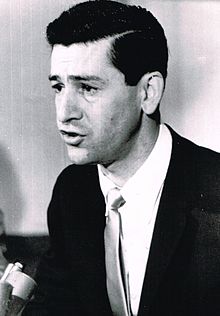 Near the end of 1963, Jerry Wolman – a high-school drop-out and the son of a grocer from Shenadoah, Pennsylvania – bought the Eagles from a group of owners known as “The Happy Hundred.” At the age of 36, he became the youngest owner in the NFL.
Near the end of 1963, Jerry Wolman – a high-school drop-out and the son of a grocer from Shenadoah, Pennsylvania – bought the Eagles from a group of owners known as “The Happy Hundred.” At the age of 36, he became the youngest owner in the NFL.
Before the day he bought the Eagles, there were a scant few people in the city who’d ever heard the name of Jerry Wolman before. Suddenly, Eagles fans were walking around town, shaking their heads, and asking out loud:
“Who in the hell is this Jerry Wolman?”
I was one of the ones walking, shaking his head, and asking the same question.
Although no one knew it at the time, their beloved Eagles had just been purchased by the biggest con-man to ever set foot on the streets of Philadelphia.
Added to the Guest List
It took a while before Jerry Wolman showed his true colors as a schemer, a manipulator, and a scam artist. It took even longer to learn that his chicanery had reached all the way to the top office in the land. Here’s how it happened . . .
When the United States entered World War II, he dropped out of school and joined the Merchant Marines. When the war ended, he returned home, but he was unable to earn a decent living in Shenandoah. So he pulled up stakes and moved to Washington, D.C. There, and in just a few short years, the American Dream played out for him.
He started working for a wallpaper and paint company and liked the work. Before long, he started his own painting company. One thing led to another and he became a contractor and then a real-estate developer.
In D.C., Wolman networked himself within the Jewish community. A devout Orthodox Jew, he became friends with a young radio personality named Larry King. A sports fan, he became friends with Washington Daily News sports columnist Mo Siegel. By networking these associations, he also became friendly with attorney Edward Bennett Williams – who was a part-owner of the Washington Redskins.
Over the next few years, Wolman built thousands of apartment units and millions of square feet of office-space. When planning a building at 1111 Pennsylvania Avenue, he got a call from the President. At that time, JFK was involved with a beautification project along Pennsylvania Avenue between the White House and Capitol Hill.
Kennedy needed 50 feet of Wolman’s property to complete his project. As a favor, Wolman donated the land that JFK wanted, redrew the blueprints, and took a financial hit. But in the process, he made a friend in the Oval Office – which was more important than money he lost on the project.
John Fitzgerald Kennedy rewarded Jerry Wolman by adding his name to the Guest List at the White House.
For Sale: the Philadelphia Eagles
Wolman and his cronies frequented a hot spot called Duke’s Restaurant. One day at Duke’s, late in 1963, his sportswriter buddy Mo Siegel pulled him aside and whispered in his ear:
“Have I got news for you. This is strictly confidential, but my sources tell me it’s true blue. The Eagles are for sale.”
The Eagles were indeed for sale. In fact, the bidding process – which was scheduled to end on December 6, 1963 – was already underway. Any and all bids – starting at $4.5-million – were welcome.
That night, Wolman drove straight to Philadelphia – and straight to Old Original Bookbinder’s restaurant – where he met with restaurant owner John Taxin. A fellow Jew, Taxin agreed to help Wolman in his quest to buy the Eagles. To get him started, Taxin steered Wolman toward Frank McNamee – who was the Eagles managing partner, as well as a former Fire Commissioner of Philadelphia
At that time, the Eagles were owned by 65 partners. Originally, there had been 100 investors who each paid $3,000 for one percent ownership of the team. But by 1963, the number had dwindled to 65.
8-Ball in the Corner
The first meeting between Wolman and McNamee took place in a fire house in Philadelphia – but McNamee wasn’t impressed by Wolman. In fact, just the opposite. Wolman gave McNamee the impression that he was a spoiled rich kid going out on a lark with his daddy’s money. Which, of course, wasn’t the case.
But before that first meeting end, Frank McNamee and Jerry Wolman bonded over a game of 8-ball on a pool table in the recreation room of that firehouse. Wolman convinced McNamee that he was both sincere and able to buy the team. Wolman asked the right questions and McNamee gave him the right answers.
Coaching Change
As the team’s managing partner, Frank McNamee opened the bids at 4 p.m. on December 6.
With a bid of $5,505,000, Jerry Wolman became the new Eagles owner.
Almost a month passed before Wolman held his first press conference. At which time he announced:
“We will make a coaching change.”
Wolman inherited Nick Skorich as his head coach. After starting out 10-4 in 1961, his first year with the Eagles, Skorich slumped badly to 3-10-1 and 2-10-2 in his next two seasons. Like most Eagles fans, Wolman wanted nothing to do with Nick Skorich and fired him.
To fill the vacancy, Wolman interviewed four outstanding prospects:
- George Allen
- Paul Brown
- Otto Graham
- Allie Sherman.
But he hired Joe Kuharich instead.
Why Settle for a Loser?
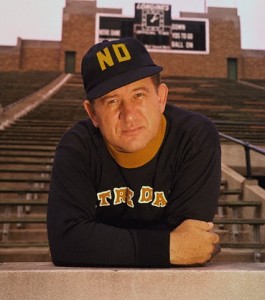 In his most recent stints as a head coach, Joe Kuharich posted a record of 17-23-0 at Notre Dame – making him the only coach in the school’s history to compile a losing record. And prior to coaching in South Bend, Kuharich also had previous head coaching experience in the NFL – but all of it was bad:
In his most recent stints as a head coach, Joe Kuharich posted a record of 17-23-0 at Notre Dame – making him the only coach in the school’s history to compile a losing record. And prior to coaching in South Bend, Kuharich also had previous head coaching experience in the NFL – but all of it was bad:
- 4-8-0 – in 1952 with the Chicago Cardinals
- 26-32-2 from 1954 thru 1958 with the Washington Redskins
His winning percentage as an NFL coach was .416 and his winning percentage at Notre Dame was .425. Hard to believe, but his winning percentage with the Eagles would be worse.
Why would Jerry Wolman ignore such outstanding coaching prospects as George Allen, Paul Brown, Otto Graham, and Allie Sherman to settle for a loser?
Connections
Joe Kuharich wasn’t always a losing head coach.
From 1947 thru 1951, Kuharich coached football at the University of San Francisco. In fact, he coached the legendary “Undefeated, Untied, and Uninvited” San Francisco Dons.
That team went 9-0 but was not invited to play in a bowl game. That team featured eight players who would go on to play in the NFL and three who would become Hall of Famers:
- Gino Marchetti
- Bob St. Clair
- Ollie Matson
Getting back to purchasing the Eagles, Jerry Wolman not only needed the money, but he also needed approval from the NFL office. At the time, Pete Rozelle was the NFL commissioner.
As previously mentioned, one of Wolman’s business associates was Edward Bennett Williams – who was a partner with Redskins owner Jack Kent Cooke. Pete Rozelle and Jack Kent Cooke were friends. In fact, Rozelle would one day marry Cooke’s daughter-in-law Carrie Cooke.
Thanks to Edward Bennett Williams and Jack Kent Cooke, Wolman got enough support from Pete Rozelle in the commissioner’s office to gain the approval he needed to buy the Eagles.
As part of the deal to gain NFL approval, Wolman agreed to hire Joe Kuharich.
Why so?
Prior Connection
 Back in 1948, when Pete Rozelle was a student at the University of San Francisco, he was also the school’s sports publicity director and assistant athletic director – earning $200 per month in that capacity. The man who hired Rozelle and gave him his start in football was USF head football coach Joe Kuharich.
Back in 1948, when Pete Rozelle was a student at the University of San Francisco, he was also the school’s sports publicity director and assistant athletic director – earning $200 per month in that capacity. The man who hired Rozelle and gave him his start in football was USF head football coach Joe Kuharich.
Rozelle was grateful to Kuharich for giving him that opportunity and the two of them had built and maintained a strong relationship over the years. That’s why – as soon as Kuharich was fired at Notre Dame – Rozelle hired Kuharich to be the NFL’s supervisor of officials. Plain and simple, Rozelle’s hero was out of work and needed a job. So he hired him. And when the sale of the Eagles came about, Rozelle saw another way to reward Kuharich.
Payback & More Payback
Jerry Wolman’s hiring of Joe Kuharich was payback. It was a way of thanking Pete Rozelle for greasing the wheels for a quick and easy approval for him to buy the Eagles.
Soon after Kuharich took over the reins as both coach and general manager of the Eagles, he traded away Sonny Jurgensen and Tommy McDonald – both destined for the Hall of Fame. And Kuharich never replaced those two stars.
One of the players he acquired in the trades was washed-up running back Ollie Matson – which was more payback. Matson was the star running back when Kuharich and Rozelle were working together at USF. This gave their former star running back more NFL paydays.
Kuharich’s leadership of the Eagles was even worse than it had been in the past with the NFL’s Cardinals and Redskins and at Notre Dame. In his five years with the Eagles, the team went 28-41-1 – a .400 winning percentage.
Full Circle
By 1969, Jerry Wolman had come full circle from broke to rich and back to broke. He sold the Eagles to Leonard Tose for $16.1-million.
But it took another 10 seasons for the team to recover from the fallout that Joe Kuharich and Jerry Wolman unleashed on the Eagles. The team’s next winning team wasn’t until 1978 when, under Dick Vermeil, the Birds went 9-and-7.
Wolman and the Flyers
Wolman also hired was Ed Snider to be a vice president with the Eagles. That’s right, the same Ed Snider who would become – and remain the owner of the Philadelphia Flyers until his death on April 11, 2016.
(Jerry Wolman’s story concludes tomorrow. Some of the information for this story was gleaned from an article at philasport@comcast.net.)
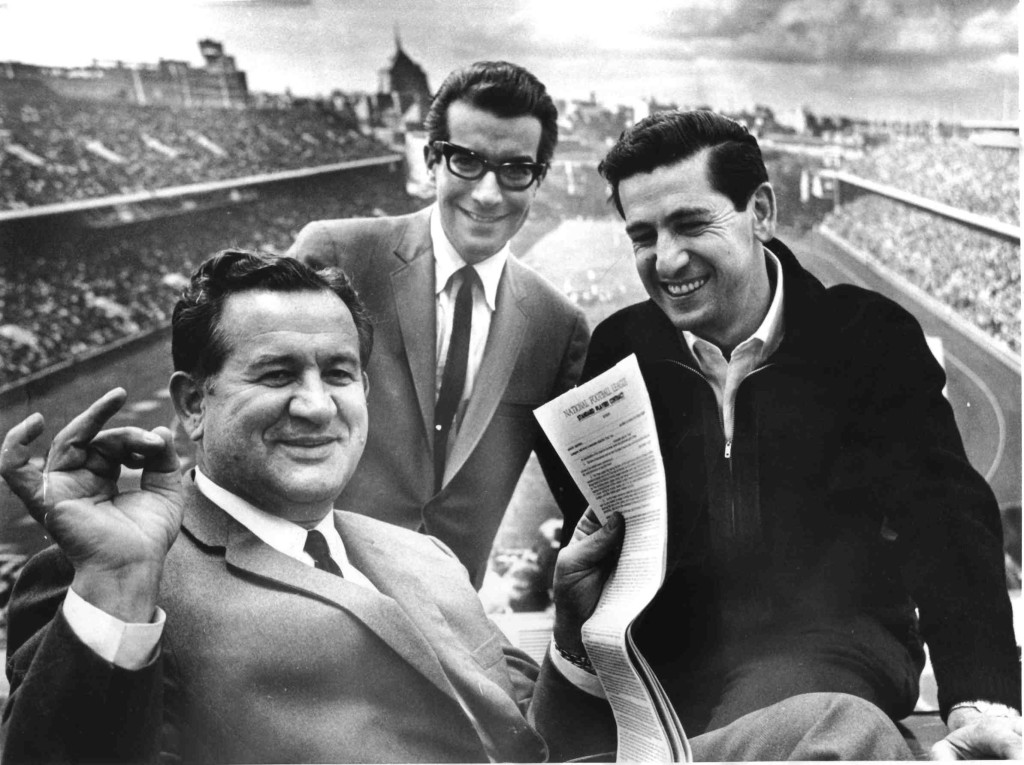
Eagles coach Joe Kuharich smiling over new contract given to him by new Eagles owner Jerry Wolman. VP Ed Snider in the background
Barry Bowe is also the author of:
- Born to Be Wild
- 1964 – The Year the Phillies Blew the Pennant
- 12 Best Eagles QBs
- Soon-to-be-published sexy, police procedural Caribbean Queen
- Soon-to-be-published novel Stosh Wadzinski
- Soon-to-be-published novel Polish Widow
- Soon-to-be-published Birth of the Birds
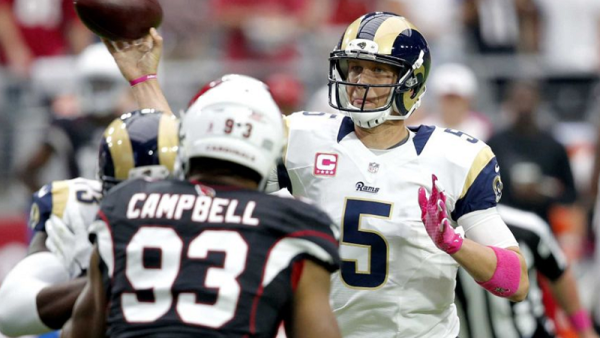




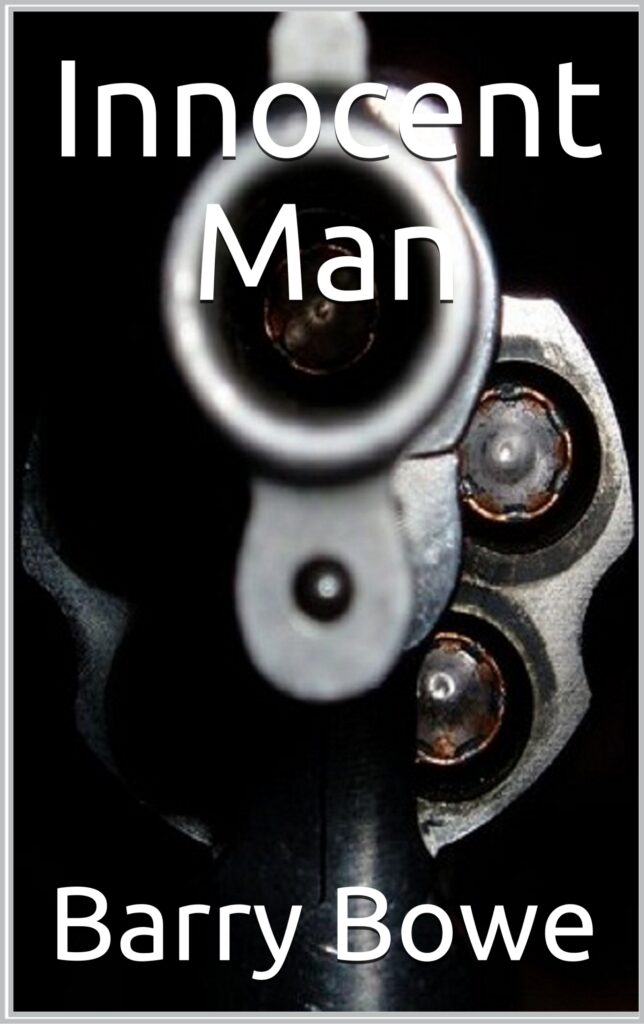
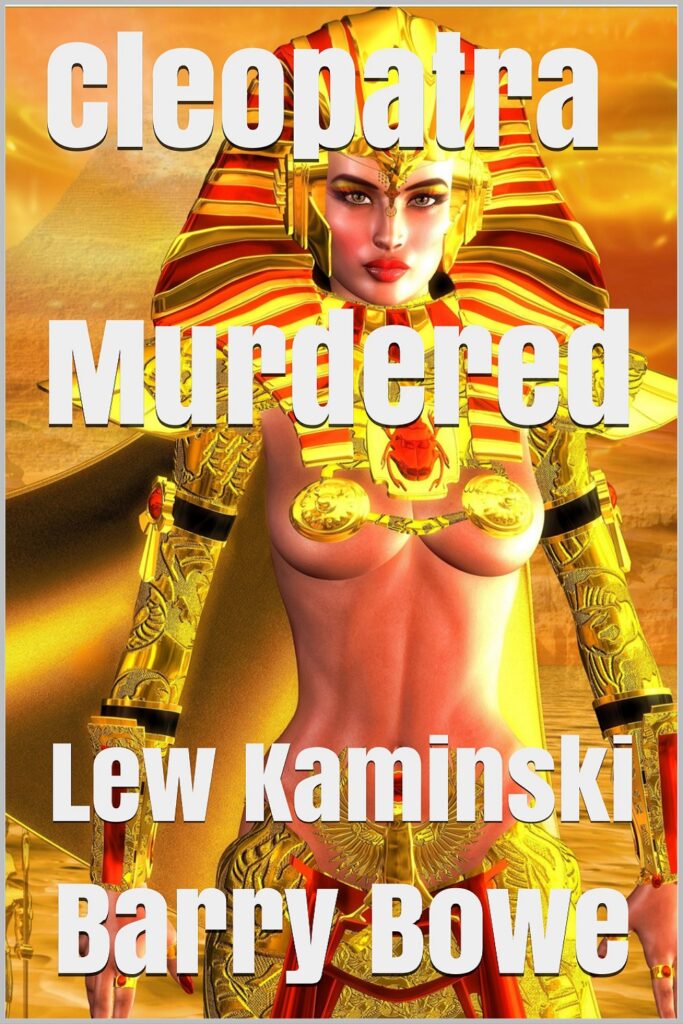
Comments
1 Comment